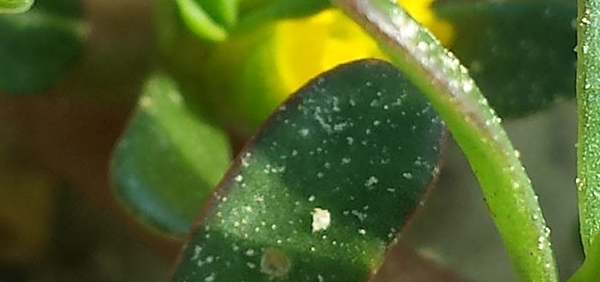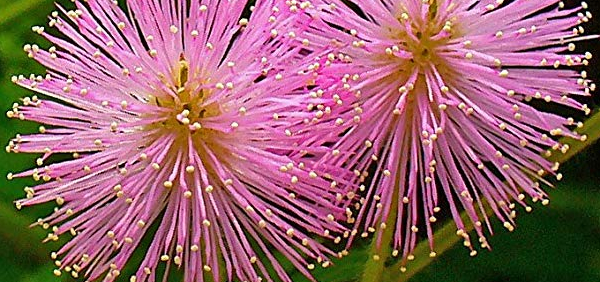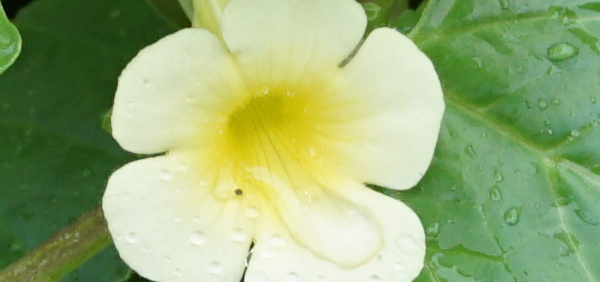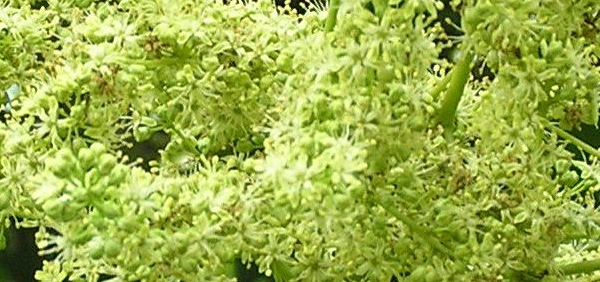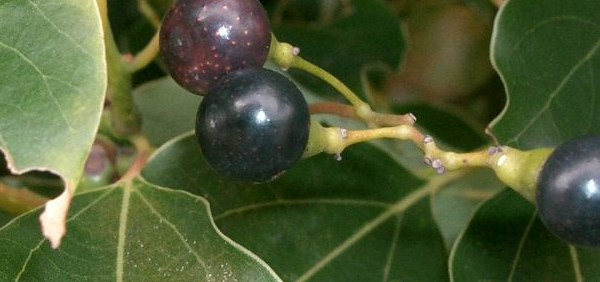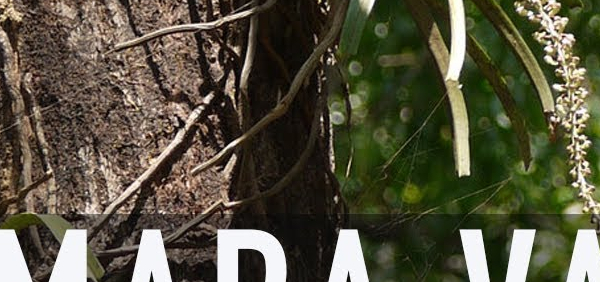karavira :

Morphology:
Leaves exstipulate, linear, lanceolate, 10-20 cm long and upto 2.5 cm wide, thick, dark green and shining above and dotted beneath, venation unicostate, reticulate with midrib being stout and the secondary veins arising in very large number, running parallel, stomata anamocyticHistology:
Petiole-transverse section of petiole shows a single layer of epidermis covered externally by thick cuticle, epidermal cells elongate to form unicellular, non-lignified and nonglandular hairs, a wide zone of cortex, composed of 4-7 layers of collenchymatous cells and a Wide zone of parenchyma follows the epidermis, parenchymatous cells thinwalled,
more or less isodiametric with intercellular spaces, some cells contain rosette crystals of calcium oxalate, petiole receives three vascular bundles from stem, central one large and crescent shaped while other two much smaller and somewhat circular present on each side of central vascular bundle, phloem present on upper side and xylem on lower Side With usual elements.
Lamina-transverse section of lamina shows an isobilateral structure, upper epidermis composed of penta or hexagonal parenchymatous cells, externally covered with thick cuticle, below upper epidermis. 2-3 layers of hypodermis present, palisada 3-4 layered composed of elongated and compactly arranged cells, vascular strands also seen in between palisade and spongy parenchyma, spongy parenchyma filled with chlorophyll, towards lower surface 2-3 layered palisade, below which parenchyma and lower epidermis present, lower epidermis also coated with the cuticle externally, in lower surface many pits possessing stomata, unicellular, non-glandular and non-lignified trichomes, rosette crystals of calcium oxalate present throughout lamina, average palisade ratio 4: 1.
Midrib-transverse section of midrib shows epidermis composed of a layer of cells, externally covered with cuticle, some epidermal cells on upper and lower sides form unicellular hairs, between epidermis and parenchyma 2-4 rows of thick-walled cells, more prominent towards lower side, some parenchymatous cells contain rosette crystals of calcium oxalate, laticifers found scattered singly or in groups of 2 in this region, beneath the vascular bundle a sn ip of fibres present, vascular bundle ‘U’ shaped, xylem being towards lower side and phloem towards the upper consists of tracheids, vessels and parenchyma, vessels with end-openings, rarely with side openings tracheids many with spiral, annular or reticulate thickenings on their walls.
- » Classification and names of karavira
- » Synonyms and definitions of karavira
- » Drug Properties of karavira
- » Chemical Constituents of karavira
- » Standardization of karavira
- » Parts used and Dosage of karavira
- » Morphology and Histology of karavira
- » Distribution and Conservation of karavira
- » Cultivation of karavira
- » karavira in the market
- » Medicinal Uses of karavira
- » Researches and clinical trails of karavira
- » karavira in other sytems of medicine
- » Ayurvedic formulations with karavira
- » Images of karavira



